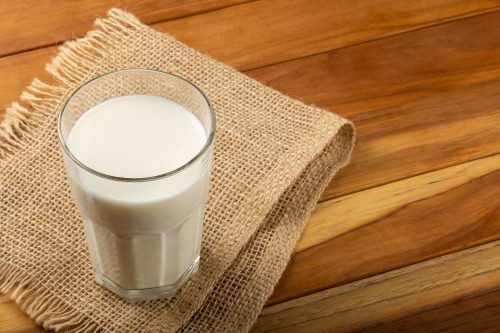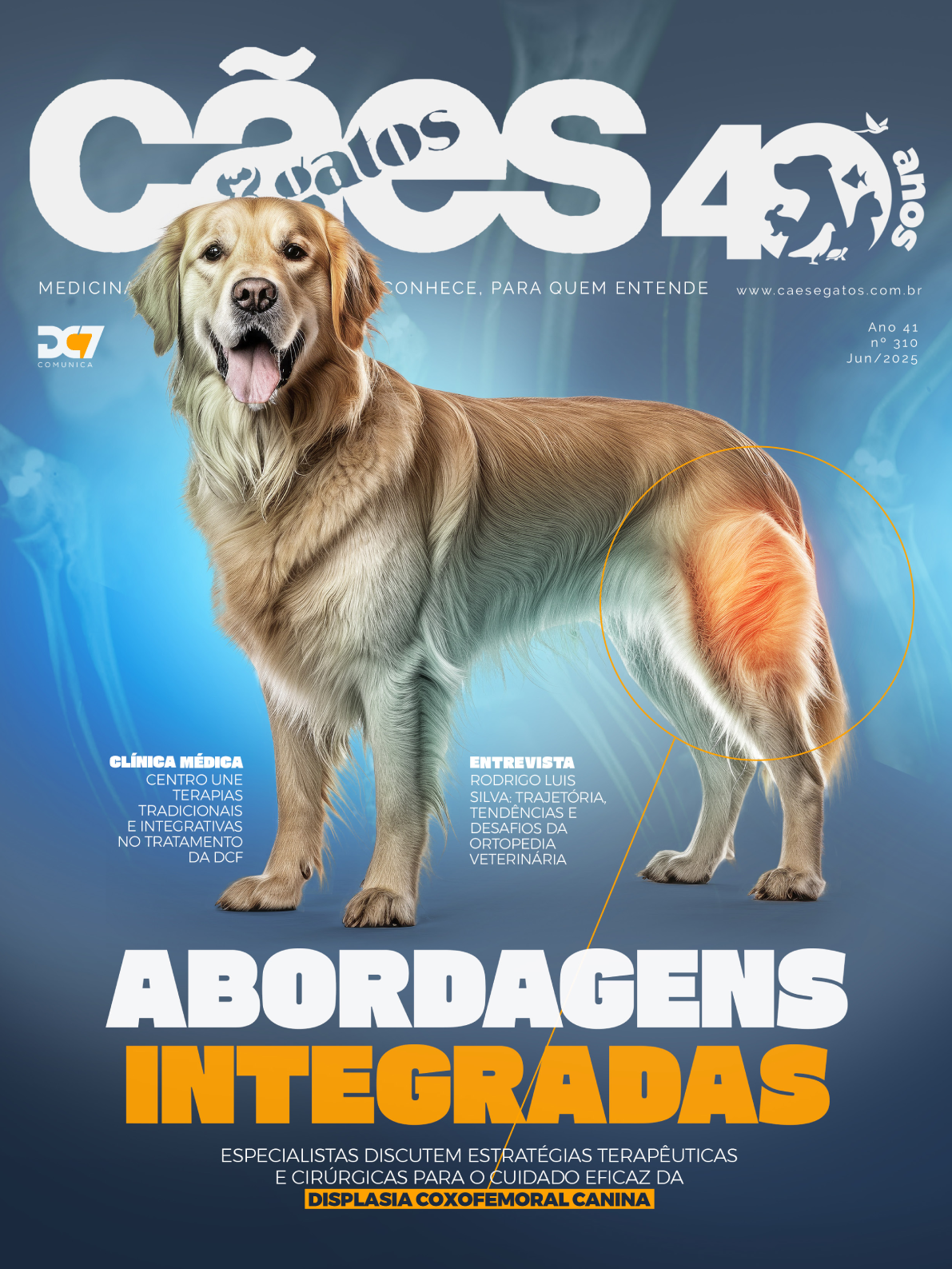A displasia coxofemoral (DCF) é uma das doenças ortopédicas mais comuns em cães, apresentando-se por episódios isolados de claudicação até disfunção grave do membro. Trata-se de uma enfermidade, poligênica e multifatorial que leva a Osteoartrite (OA) da articulação do quadril.
Este distúrbio é herdado quantitativamente e suas manifestações clínicas e morfológicas dependem da influência de fatores genéticos e externos. A sua expressão fenotípica é influenciada por fatores genéticos e por condições externas, como a nutrição, que desempenha um papel central na regulação do crescimento esquelético e no controle da inflamação articular.
É importante destacar que todos os cães nascem com articulações saudáveis. A doença se desenvolve durante a fase de crescimento, quando há uma falha no desenvolvimento sincrônico das estruturas ósseas e ligamentares do quadril. Essa falha leva à instabilidade articular progressiva, que culmina em alterações degenerativas irreversíveis, como a osteoartrite.
Durante o crescimento, a articulação coxofemoral é influenciada por fatores genéticos, nutricionais e biomecânicos. Em cães predispostos, ocorre crescimento desproporcional entre ossos e tecidos moles, resultando em frouxidão articular — evento inicial na fisiopatologia da DCF. Casos graves podem evoluir para luxação ou subluxação da articulação.
REFERÊNCIAS BIBLIOGRÁFICAS:
HAZEWINKEL, H. A. W.; TRYFONIDOU, M. A. Vitamin D3 metabolism in dogs. Molecular and Cellular Endocrinology, Amsterdam, v. 197, n. 1–2, p. 23–33, 2002.
HARPER, T. A. M. Conservative Management of Hip Dysplasia. Veterinary Clinic North America Small Animal Practice. v.47, n.4, p.807-821, 2017.
JOHNSTON, S. A.; TOBIAS, K. M. Veterinary surgery: small animal. St. Louis: Elsevier Health Sciences, 2014.
KEALY, R. D. et al. Effects of limited food consumption on the incidence of hip dysplasia in growing dogs. Journal of the American Veterinary Medical Association, Schaumburg, v. 210, n. 10, p. 1453–1457, 1997.
LUST, G. An overview of the pathogenesis of canine hip dysplasia. Journal of the American Veterinary Medical Association, Schaumburg, v. 210, n. 10, p. 1443–1445, 1997.
NATIONAL RESEARCH COUNCIL (NRC). Nutrient requirements of dogs and cats. Washington, D.C.: National Academies Press, 2006.
OLMSTEAD, M. L. Small animal orthopedics. In: SLATTER, D. (ed.). Textbook of small animal surgery. 3. ed. Philadelphia: Saunders, 2002.
RICHARDSON, D. C. The role of nutrition in canine hip dysplasia. Vet Clin North Am Small Anim Pract. v.22, n.3, p. 529-40, 1992.
SANDERSON, S. L. et al. Omega-3 fatty acids and osteoarthritis in dogs. Veterinary Therapeutics, Trenton, v. 1, n. 2, p. 122–130, 2000.
SMITH, G.K.; BIERY, D.N.; GREGOR, T.P. News concepts of coxofemoral joint stability and the clinical stress-radiographic method for quantificating hip joint laxity in the dog. Journal of the American Veterinary Medical Association, v.196 , n.1 , p. 59-70, 1990.
ZICKER, S. C. Evaluating pet foods: how confident are you when you recommend a commercial pet food? Topics in Companion Animal Medicine, Philadelphia, v. 23, n. 3, p. 121–126, 2008.










